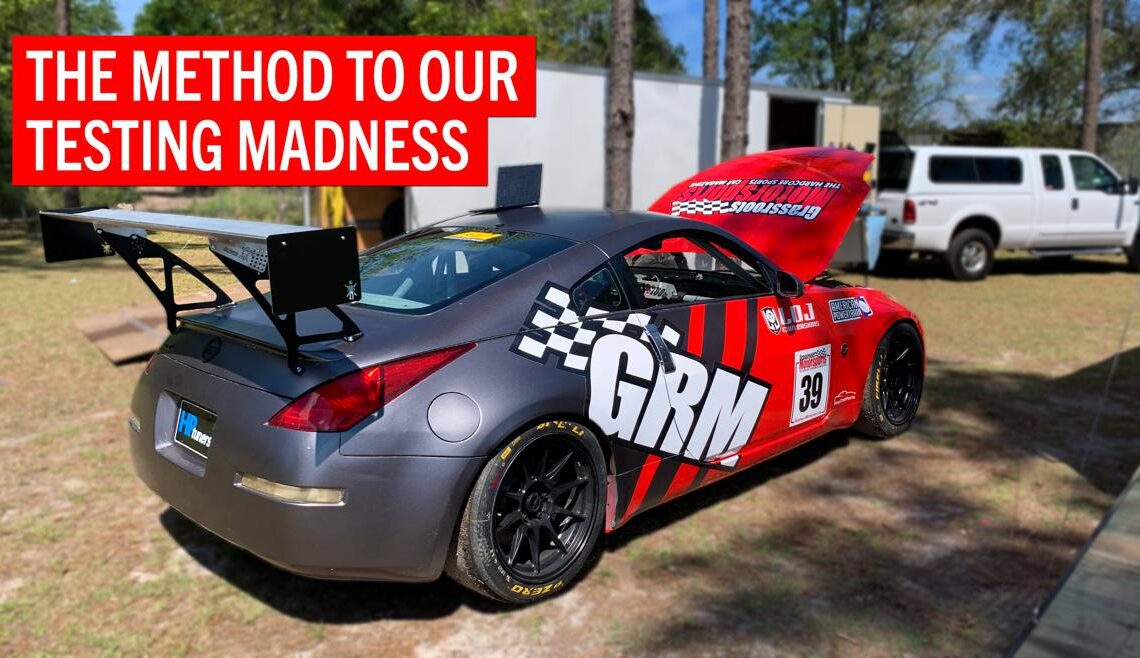A repeatable, predictable place to track test cars is a phenomenal resource for a track-focused media outlet like ours.
Having the Florida International Rally & Motorsport Park less than a hundred miles from our headquarters means we can easily generate meaningful data from relevant test subjects and chart progress on projects as they develop. It’s also a safe place to test–we’re talking highway speeds without the typical highway hazards.
[The fastest cars to lap the Official GRM Test Track, all in one place | FIRM Lap Time Board]
Lots of media outlets do track testing, and there’s a variety of approaches. Maybe the most famous current one is Car and Driver’s Lightning Lap, which takes place on the Grand Full course of Virginia International Raceway. Motor Trend is also doing some track tests with our old pal Randy Pobst.
[Pro Driver Randy Pobst’s 8 Speed Secrets]
First, we recommend consuming all the test results being generated by those outlets–not only as a favor to colleagues who work there, but because more information is better than less information when it comes to assessing a car for track use.
And to some extent, that’s what our track tests come down to. The overarching question we try to answer is, “How well suited is this car for track use?”
You’ll notice it’s a subjective question with few objective metrics, although we do concentrate on objective metrics like lap times. We generate those numbers for quick and easy digestion, but they’re just the beginning of the discussion rather than the end.
So yes, lap times are important, but remember that they’re highly dependent on a nearly infinite number of variables. Let’s walk through our track testing procedure so you can get a better understanding of the numbers we’re generating and how.
First, all our new cars are tested in as-delivered condition. We check oil level, brake fluid and tire pressure, and if the wheel design allows, we’ll peek at the brake pads.
Most of our new cars arrive on Thursdays, and we typically head to the track on Friday. So after drop-off and inspection, the car goes right onto our trailer for an early morning departure to the FIRM.
Why do we trailer if these are all street cars? Well, it’s a 100-mile drive, and plenty can happen on that stretch of Florida back road. The additional fuel needed for the tow easily offsets the lost productivity of showing up to find a nail in a tire of a test…
Click Here to Read the Full Original Article at Grassroots Motorsports Online Articles…

